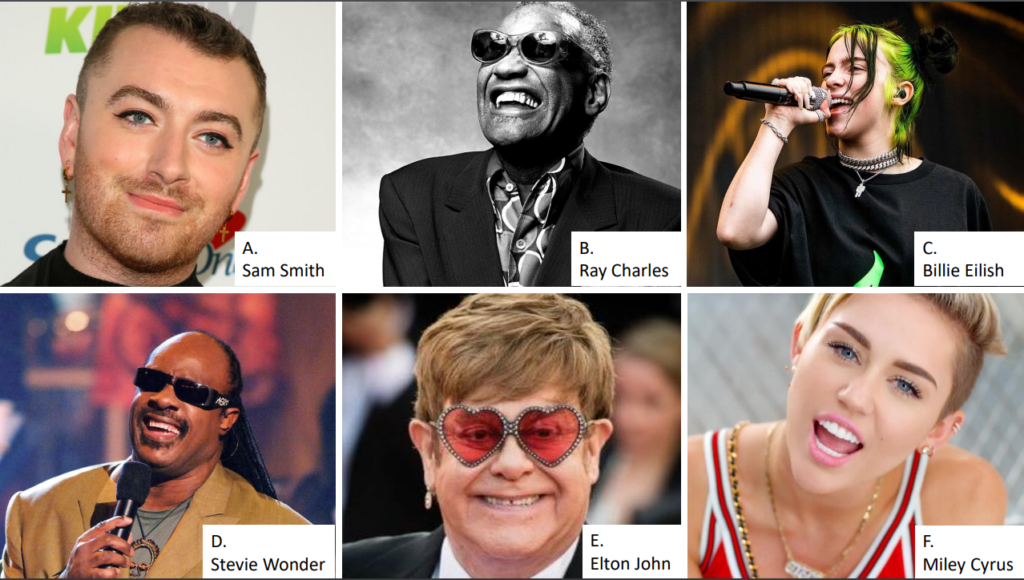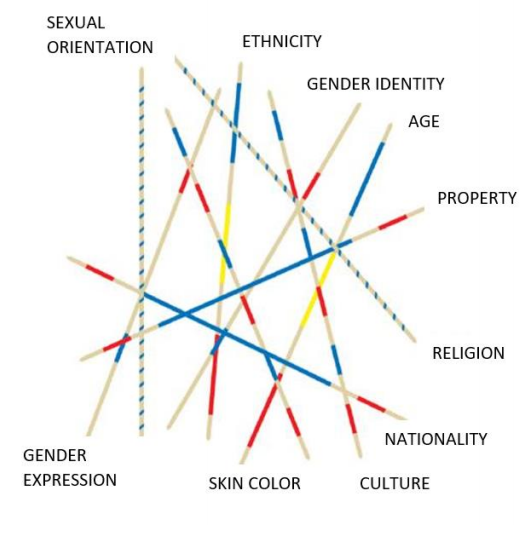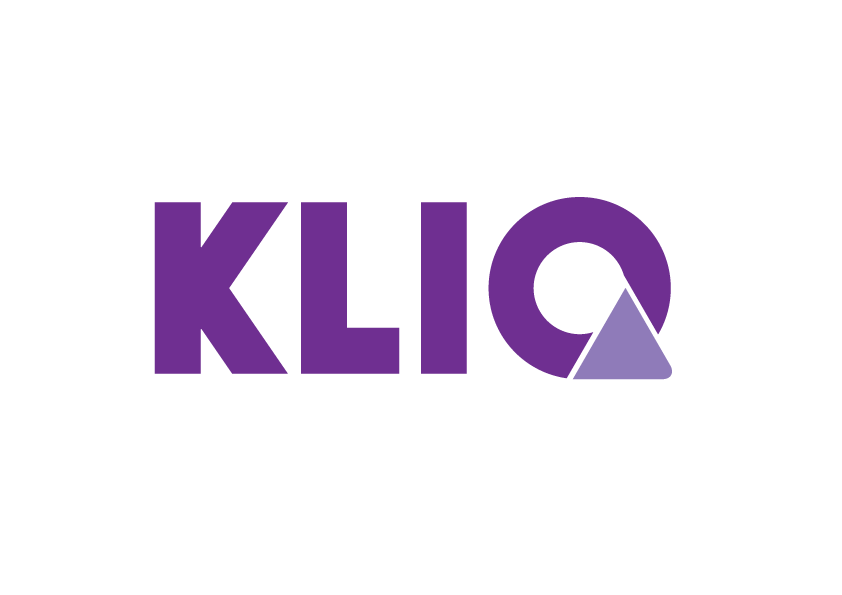Intro
Diversity can be simple.
For example, do you like to drink tea or coffee during your break? And what does your colleague like to drink?
Sometimes, however, it’s more complex. Who are you attracted to? And what about your colleague? Perhaps you don’t know the answer to one of these questions. One difference is therefore more visible than another, while some differences are easier to discuss than others.
Diversity…
… is about the ‘mix’, the differences.
… is about numbers and percentages.
… is “about being invited to the party”.
Inclusion…
… is about handling the ‘mix’.
… is about values and rules.
… is “about being asked to dance”.
Which photos do you think go together? (multiple combinations are possible)

How many groups of photos did you come up with? Which criteria did you use?
Did you put the men and women together, or did you group the white people and people of colour together? You base your judgement on visible differences.
There are, of course, less vissible differences as well. These may result in different groups. Did you choose Ray Charles and Stevie Wonder because they have an eye condition, for example? Did you put all of them in the same group because they can play the piano and sing?
As you can see, there are different types of diversity.
- Surface-level diversity: this concerns external, demographic differences that are visible.
- Deep-level diversity: this concerns deeper differences that are not readily observable. These differences usually only become visible after a while.

Some photos may well appear in multiple groups in your answers.
People often have different identities at the same time. As an example, Billie Eilish may not only be white; she also has Tourette’s syndrome.
Taking different identities into account is
called intersectional thinking – a crucial framework for anyone seeking to combat different forms of exclusion and suppression (which are intrinsically linked).
